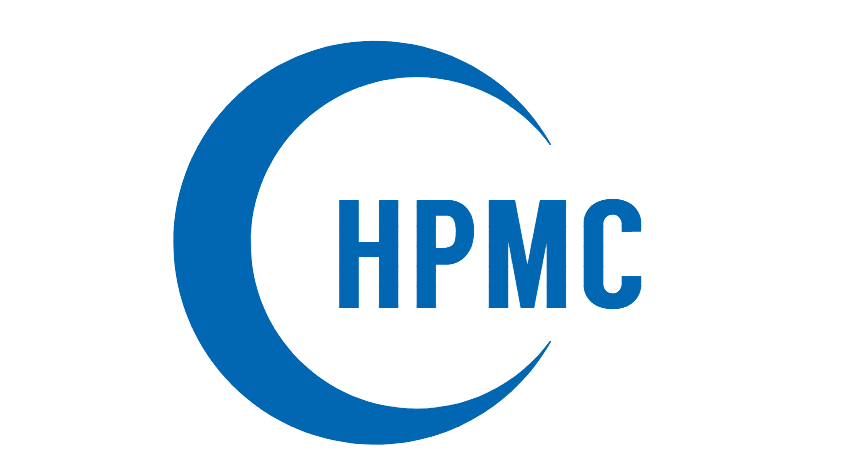hypromellose manufacturer-The role of cellulose ether in cement mortar
As an important additive of cement mortar, cellulose ether acts in the following aspects.
(1) Improve the workability of the mortar and increase the viscosity of the mortar.
Incorporating cellulose ether can prevent the mortar from segregating and obtain a uniform and consistent plastic body. For example, the incorporation of HEMC, HPMC, etc. facilitates the spreading of thin-layer mortar and plastering mortar. The thickening effect of cellulose ether mainly depends on: degree of polymerization, shear rate, temperature, concentration of cellulose ether and concentration of dissolved salts.
(2) It has the effect of bleed air.
Due to the introduction of alkyl groups into the cellulose ether, the surface energy of the cellulose ether aqueous solution is reduced, and it is easy to introduce stable, uniform and fine air bubbles into the mortar mixed with cellulose ether during the stirring process. The introduction of air bubbles can not only play a "ball effect", improve the construction performance of the mortar, but also reduce the wet density of the mortar and help reduce the thermal conductivity of the mortar. However, when the air content increases, the compressive, flexural and bonding strength of the mortar will be negatively affected to a large extent, which should be paid attention to. Some experiments have shown that when the content of HEMC and HPMC is 0.5%, the air content of the mortar is the largest, about 55%; when the content is greater than 0.5%, the air content of the mortar decreases with the increase of the content. trend.
(3) Keep moisture from losing.
Moisture in the mortar can play the role of lubrication and mixing, which is convenient for the smoothing of thin-layer mortar and plastering mortar. Incorporation of cellulose ether helps to reduce the loss of water in the thin-layer mortar. During construction, wall tiles and blocks do not need to be wetted in advance. After construction, the cementitious material can have a long enough time for continuous hydration, improving the Adhesion between mortar and substrate
